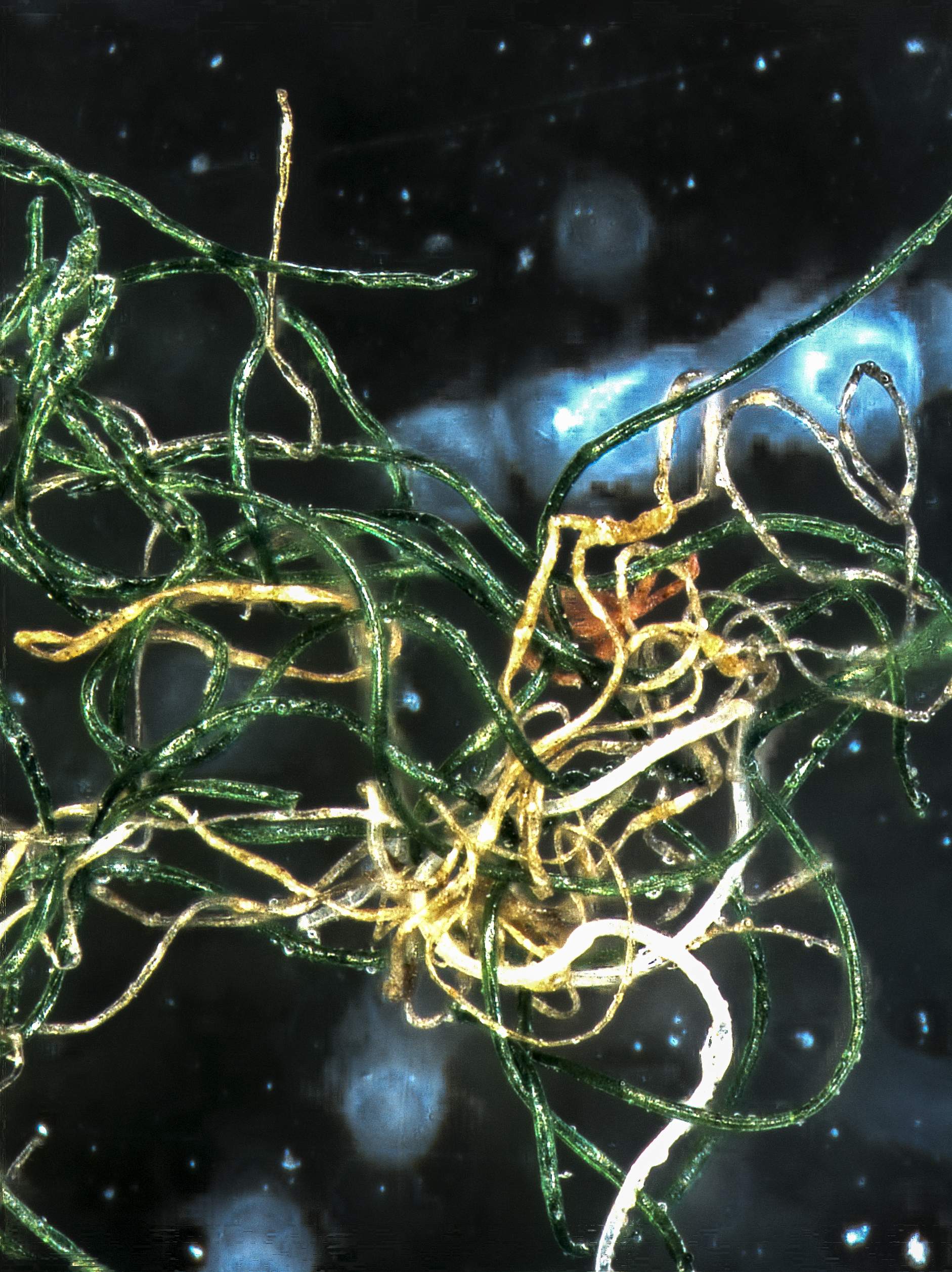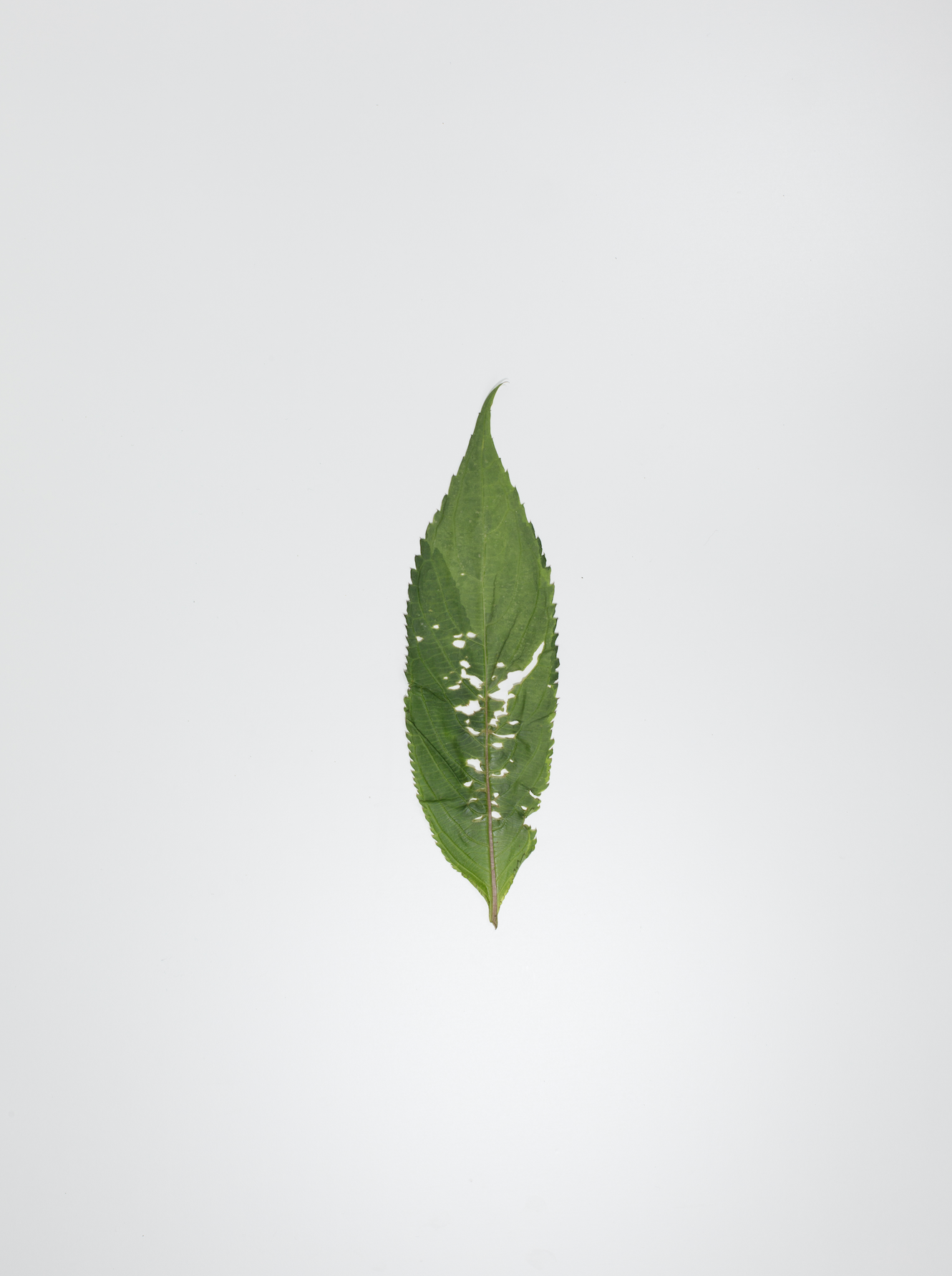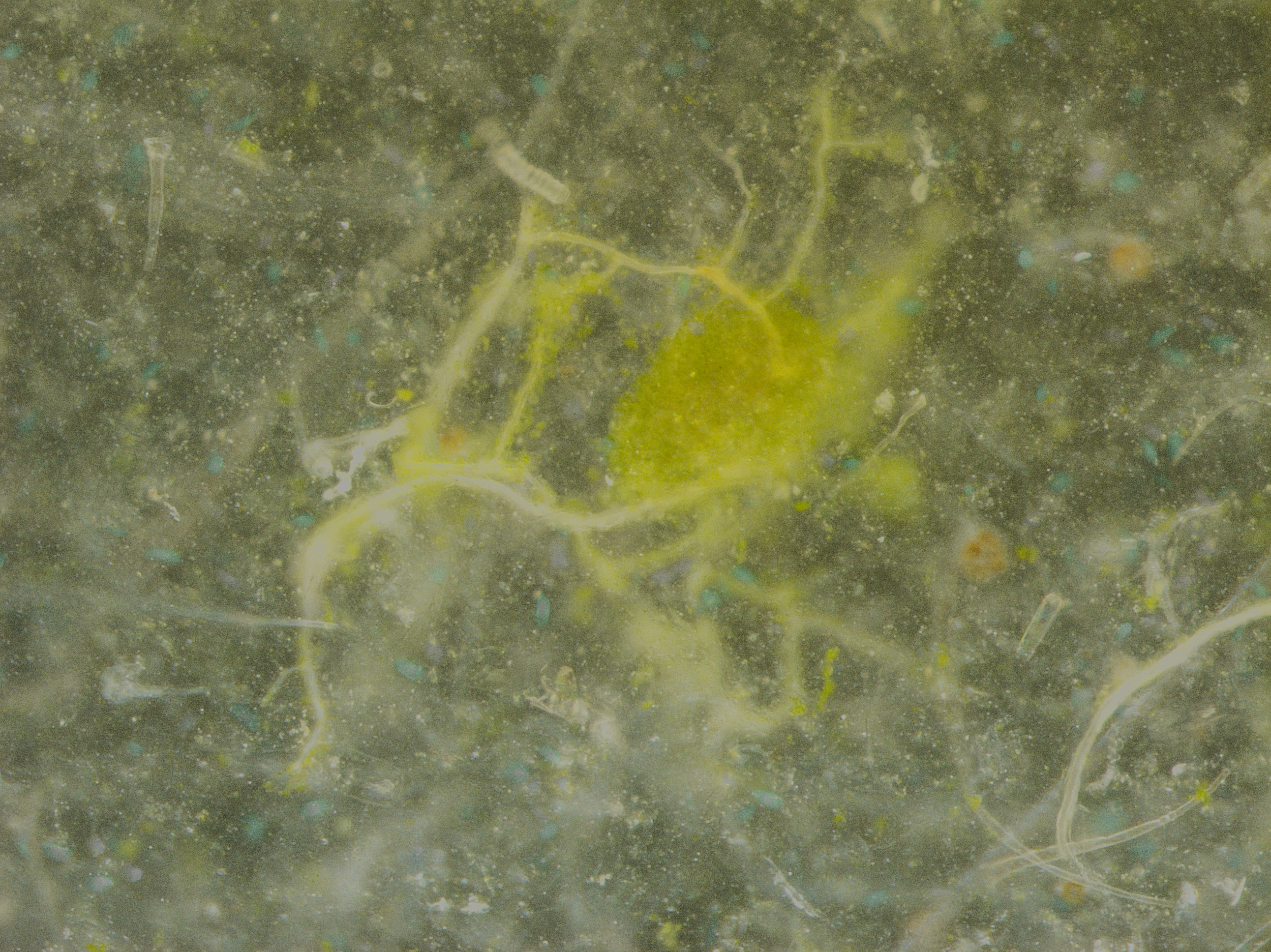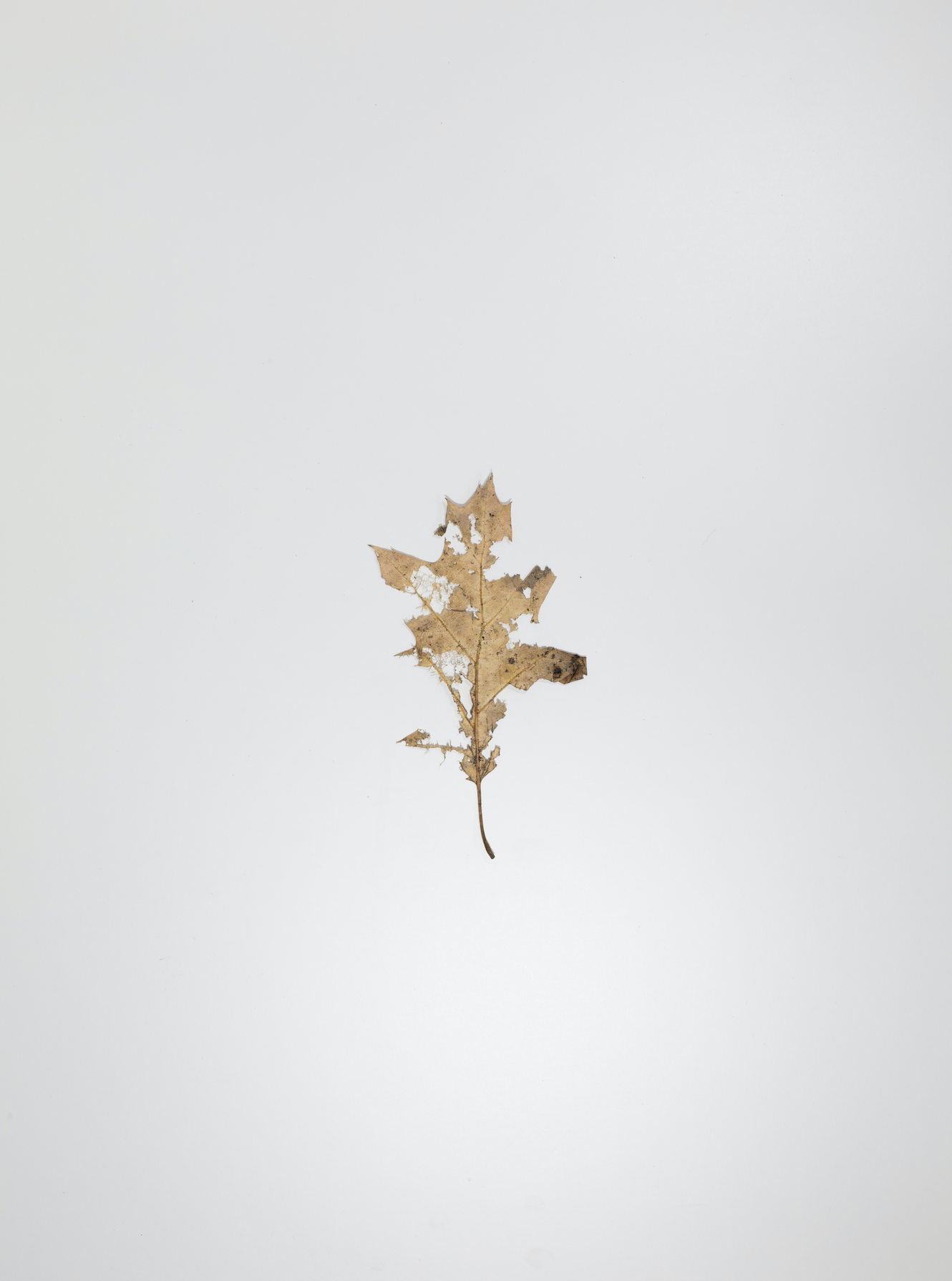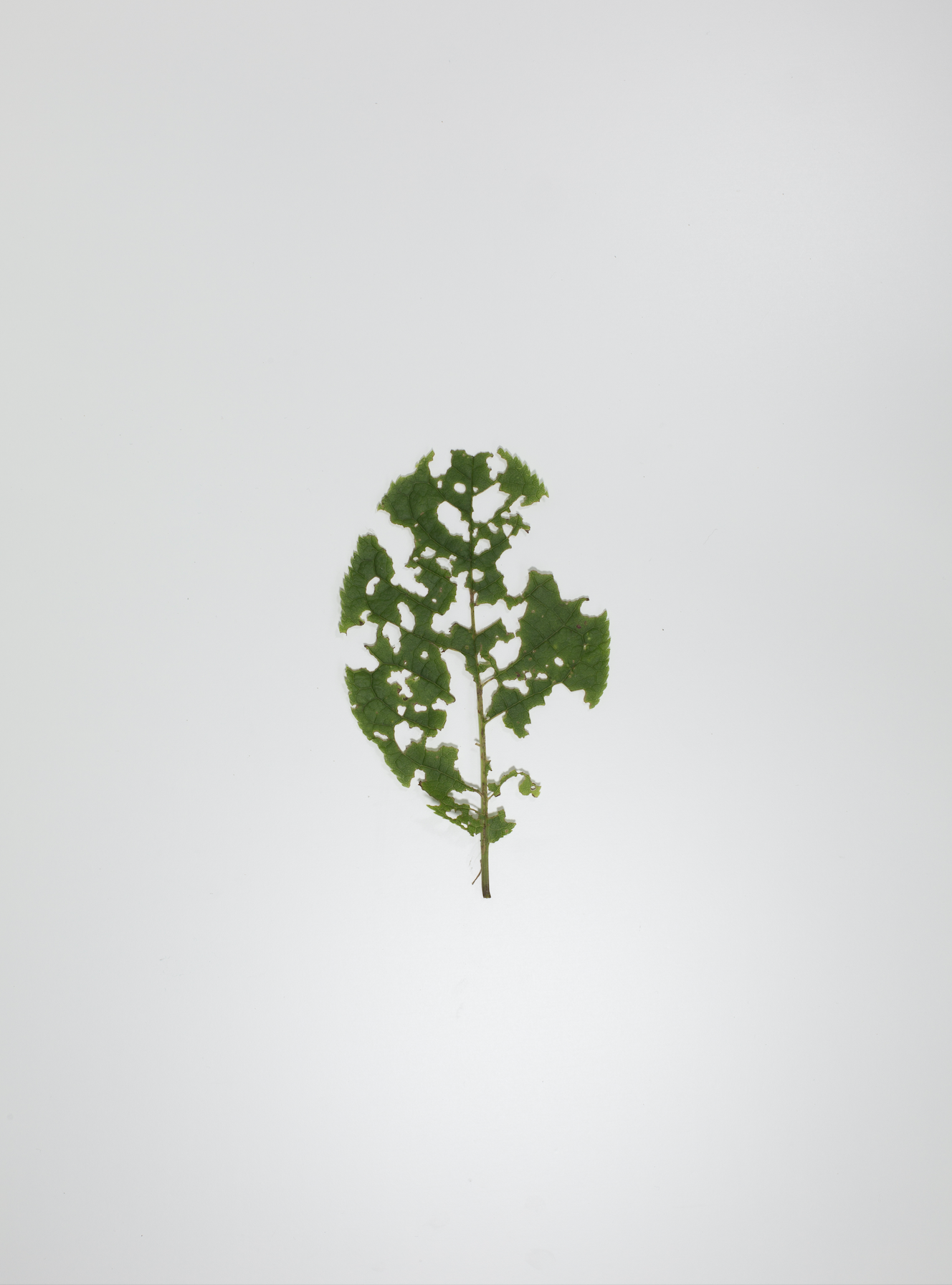A LENS, A FOREST, A FIBER
Artistic research residency at Creative Court.
A project around a gift that travelled to The Hague in remembrance of missing people in Colombia.
In collaboration with International Commission of Missing People (ICMP)
According to estimations by authorities, in Colombia, following the more than 50 years of conflict that ended in 2016, 120,000 persons are missing. In endeavors aiming to locate the many missing persons, their families are key, as are civil society organizations. Their persistent efforts force States to acknowledge and act on their responsibility to account for all missing persons.
The International Commission on Missing Persons (ICMP) supports the participation of families of missing persons in efforts to account for missing persons and secure their own rights to truth, justice and reparations. The ICMP partnered up with Creative Court, an Hague-based organization at the interface of the arts and global justice. As a starting point for the artistic process, Creative Court gave me access to a special gift, donated to the ICMP by representatives of different Colombian civil society groups during their visit to the Hague. The gift, consisting of objects and artefacts related to the missing in different communities is the starting point of “a lens, a forest, a fiber”: a project that was envisioned as an act of honoring the missing and their loved ones considering the photographic process as a ritual.
The project has diverse visual components - the objects integrated in The Hague forest, anthotypes ( images created using photosensitive material from plants) of embroidery flowers sewn by the families using plants from the forest, microscope images of the objects and still life of leaves of same forest- that represent the different aspects of this ceremony that all together configured this act of memory. “a lens, a forest, a fiber” goes from the very inner feelings of a concrete person to universal feelings and it visualizes the different optics and ways to look into a conflict and how it affects on different scales.
“In many ways, we think of memories as immaterial. A fleeting thought or a feeling. Something internal and without form. Yet perhaps this does not tell the full story. Objects can be vessels for memory, containing moments and traces of someone who is no longer there. The word heritage comes to mind. Objects inherited from the past. We inherit more than just the object, we inherit the memory. In this way, objects can keep the memory alive. They give it form and they give it presence. And at the same time the memory adds a layer of meaning to the objects.
This is the case for many relatives of missing people who keep personal objects and artifacts as a way of preserving the memory of their loved ones. The objects resist absence, some do shouting and some with a whisper, yet they all speak their presence. Is there a way of exploring the materiality of memory? Can we visualize the memory that seeps its way into the grains, fibres and molecules of these objects? What role can art play to help speak their presence and to keep the memories of those missing alive?”
Rabiaâ Benlahbib
Artistic research residency at Creative Court.
A project around a gift that travelled to The Hague in remembrance of missing people in Colombia.
In collaboration with International Commission of Missing People (ICMP)
According to estimations by authorities, in Colombia, following the more than 50 years of conflict that ended in 2016, 120,000 persons are missing. In endeavors aiming to locate the many missing persons, their families are key, as are civil society organizations. Their persistent efforts force States to acknowledge and act on their responsibility to account for all missing persons.
The International Commission on Missing Persons (ICMP) supports the participation of families of missing persons in efforts to account for missing persons and secure their own rights to truth, justice and reparations. The ICMP partnered up with Creative Court, an Hague-based organization at the interface of the arts and global justice. As a starting point for the artistic process, Creative Court gave me access to a special gift, donated to the ICMP by representatives of different Colombian civil society groups during their visit to the Hague. The gift, consisting of objects and artefacts related to the missing in different communities is the starting point of “a lens, a forest, a fiber”: a project that was envisioned as an act of honoring the missing and their loved ones considering the photographic process as a ritual.
The project has diverse visual components - the objects integrated in The Hague forest, anthotypes ( images created using photosensitive material from plants) of embroidery flowers sewn by the families using plants from the forest, microscope images of the objects and still life of leaves of same forest- that represent the different aspects of this ceremony that all together configured this act of memory. “a lens, a forest, a fiber” goes from the very inner feelings of a concrete person to universal feelings and it visualizes the different optics and ways to look into a conflict and how it affects on different scales.
“In many ways, we think of memories as immaterial. A fleeting thought or a feeling. Something internal and without form. Yet perhaps this does not tell the full story. Objects can be vessels for memory, containing moments and traces of someone who is no longer there. The word heritage comes to mind. Objects inherited from the past. We inherit more than just the object, we inherit the memory. In this way, objects can keep the memory alive. They give it form and they give it presence. And at the same time the memory adds a layer of meaning to the objects.
This is the case for many relatives of missing people who keep personal objects and artifacts as a way of preserving the memory of their loved ones. The objects resist absence, some do shouting and some with a whisper, yet they all speak their presence. Is there a way of exploring the materiality of memory? Can we visualize the memory that seeps its way into the grains, fibres and molecules of these objects? What role can art play to help speak their presence and to keep the memories of those missing alive?”
Rabiaâ Benlahbib








